TACTICAL INSIGHTS FOR
REMOTE PRESENTATIONS
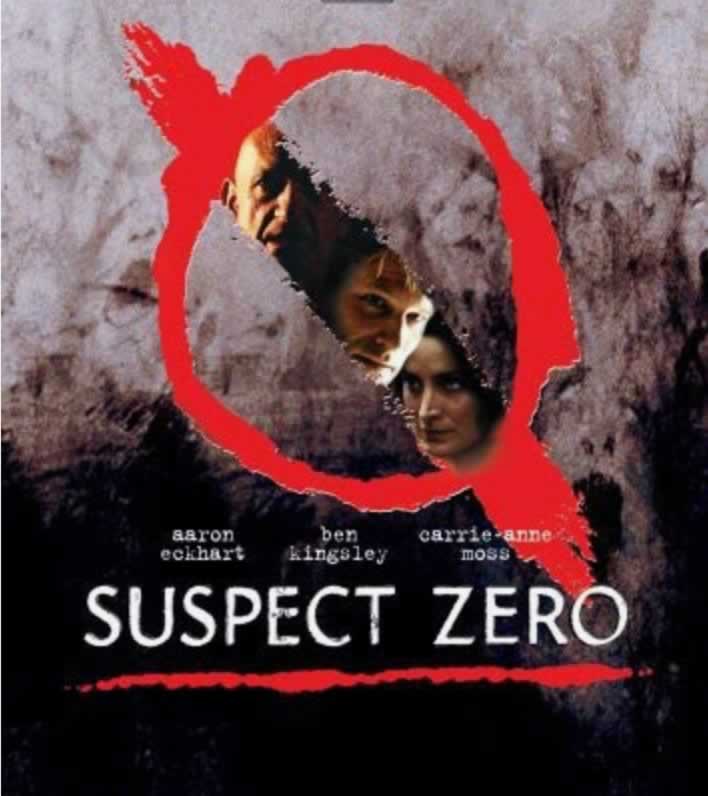
TALKING TO A STRING OF FRIENDS—SALES PEOPLE–ABOUT PRESENTING REMOTELY, IT IGNITED SOME MEDITATIONS ON AN EARLIER PROJECT, “SUSPECT ZERO.”
We’re all living in a time of “remote viewing,” that optimistically will soon be coming to some kind of closure. Still, many of us have been working remotely for some time, long before the pandemic—and will continue this process into the likely future.
I was thinking about the double meaning of “remote viewing,” the notion of a distant participant in viewership of content that is being “presented remotely.”
In the context of this film branding project, the expectation was to create a brand premise in the storytelling visualization of a mark and titling treatment. This contemplative blog walks two ways: how did we design for a storyline about a rogue agent vigilante who seeks out criminals by using a presumed military training in remote viewing?
And two, below, what insights do we have on the modeling of remote presentations, strategically, what is the state of the art in presenting content that will only be presented at a distance?
Remote viewing is a more specific phrasing—a concentrative astral projection that, in the shuddering quaver of projective power—in the film “Suspect Zero,” reveals remote imagery that propels
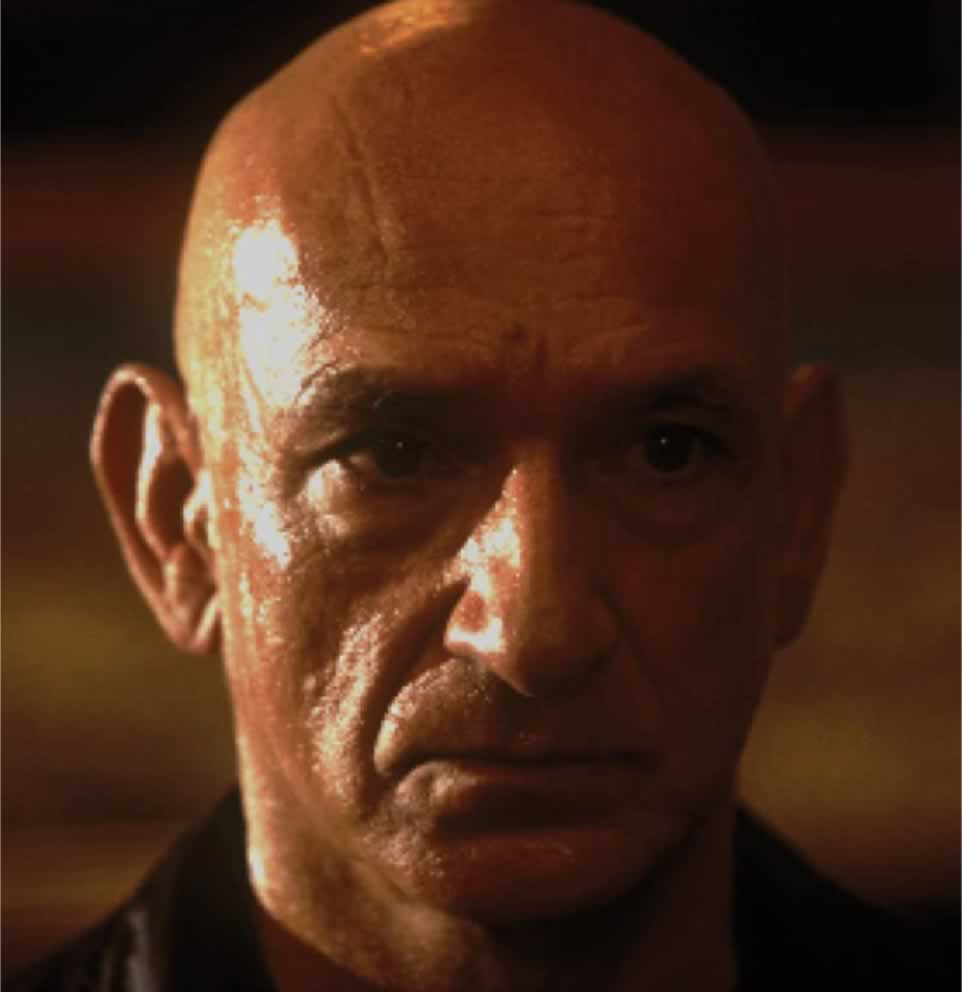
the portrayal by Ben Kingsley—to tirelessly pursue criminals
in a kind of manic delirium of multi sensate “readings” of clues. This murderous quest
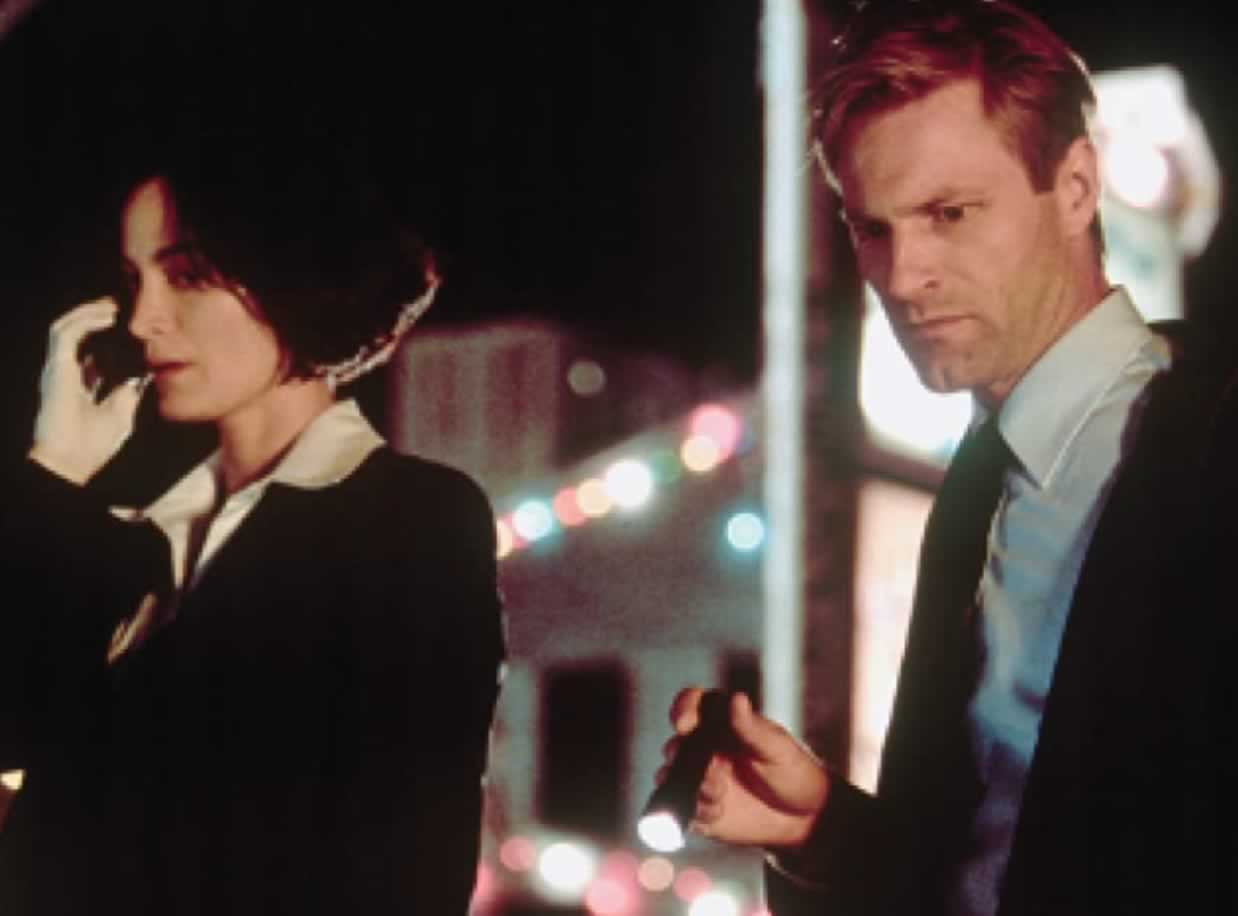
leads other agents—Carrie-Anne Moss and Aaron Eckhart—
to pursue him as a vigilante rogue justice seeker.
The actual notion of remote viewing is regarded by many as pseudoscience. There is history, as noted in Wikipedia, “In early occult and spiritualist literature, remote viewing was known as telesthesia and travelling clairvoyance. Rosemary Guiley described it as “seeing remote or hidden objects clairvoyantly with the inner eye, or in alleged out-of-body travel.”
The wild and wide bridge I’m offering here is between the brand design of the film, and ultimately how some of the same techniques are used in our build-out of remote presentations.
To thinking about the layering of storytelling, visualizations, we were looking for clues and visual symbols that we designed for the film—the zero/slash device, which became a marker of criminal targets, and a reflection of the shuddering nature of “remote viewing,” a physically and psychically taxing contemplative state. You can see the interplay of overlaid typographic renderings—which shudder in their interplay, combined with the mark as shown in the studies that ultimately lead to the final mark that we created for the film.
I’m looking into the construction of the story, the visual styling of it, the qualities of the actors portraying the films, the landscape of the narrative—
where is it?
And, in this momentum of expression—I’m trying to illustrate the story as well as consider creating a packaged rendering of the product as a brand—a package that is named and promoted, has to stand up to scrutiny, is invitational and engaging. And will draw me in. Keep me in.
Here are some representations—not all, but a gathering of a select few.
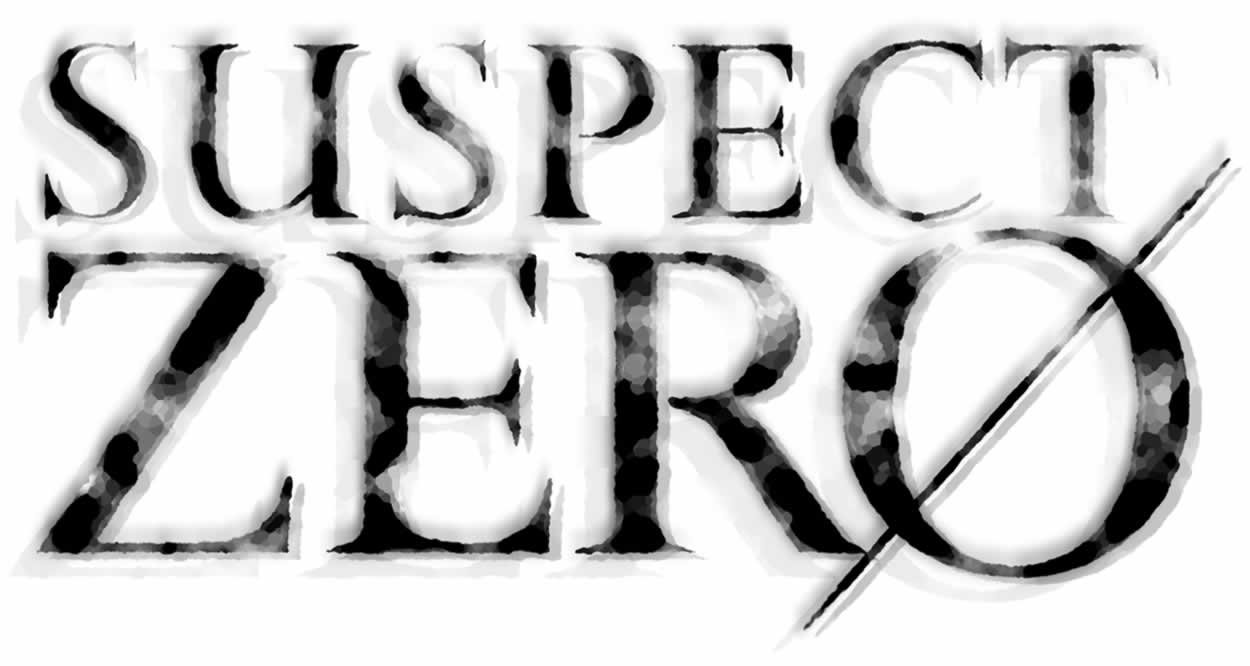
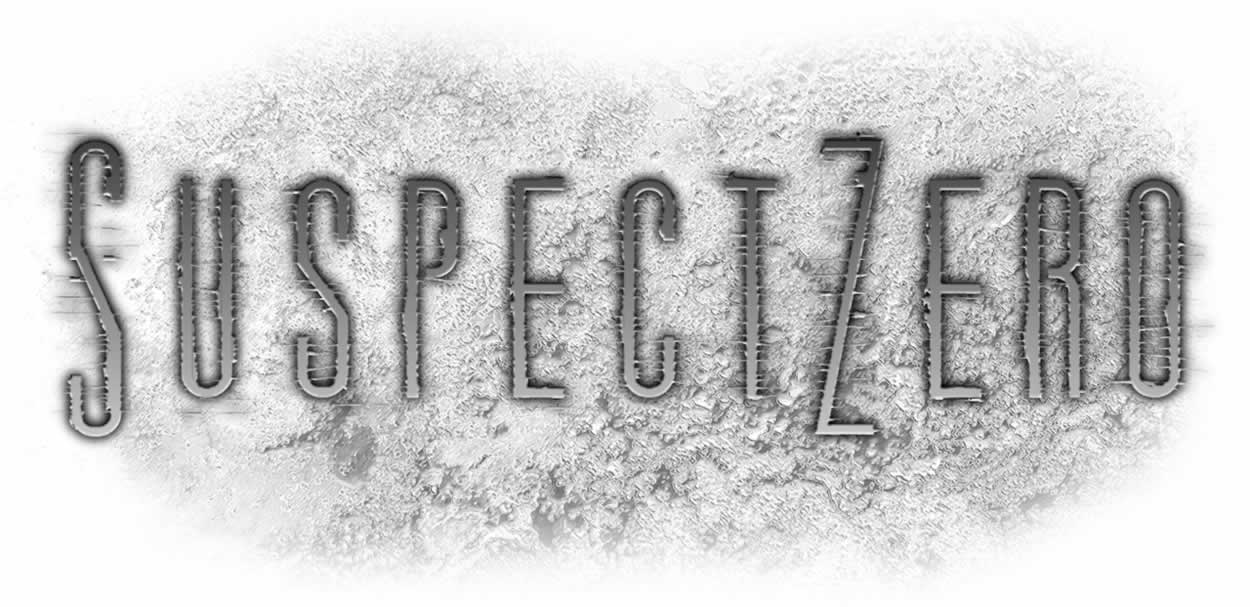
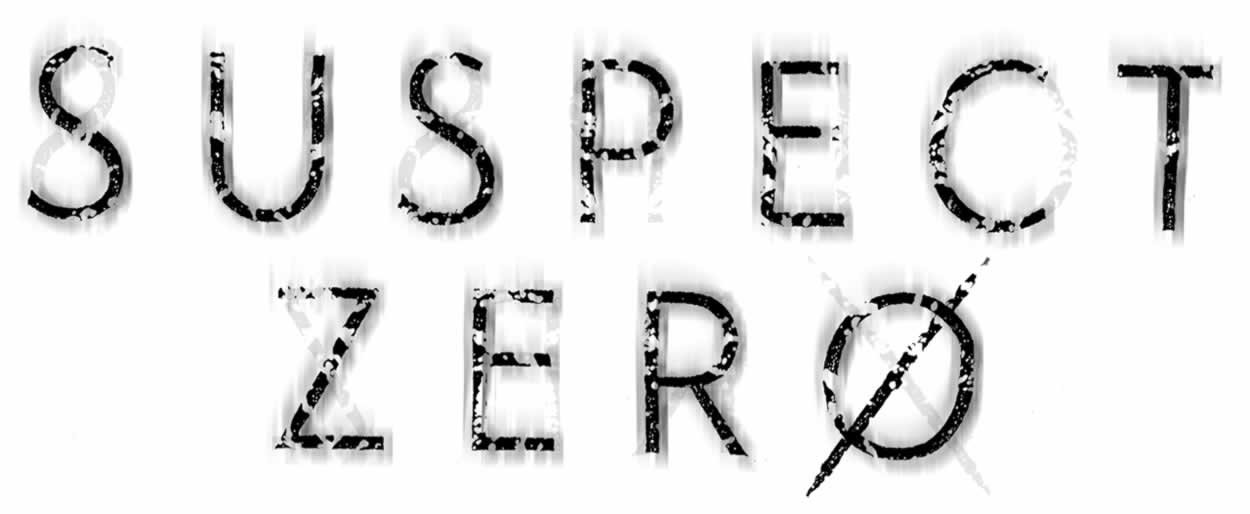
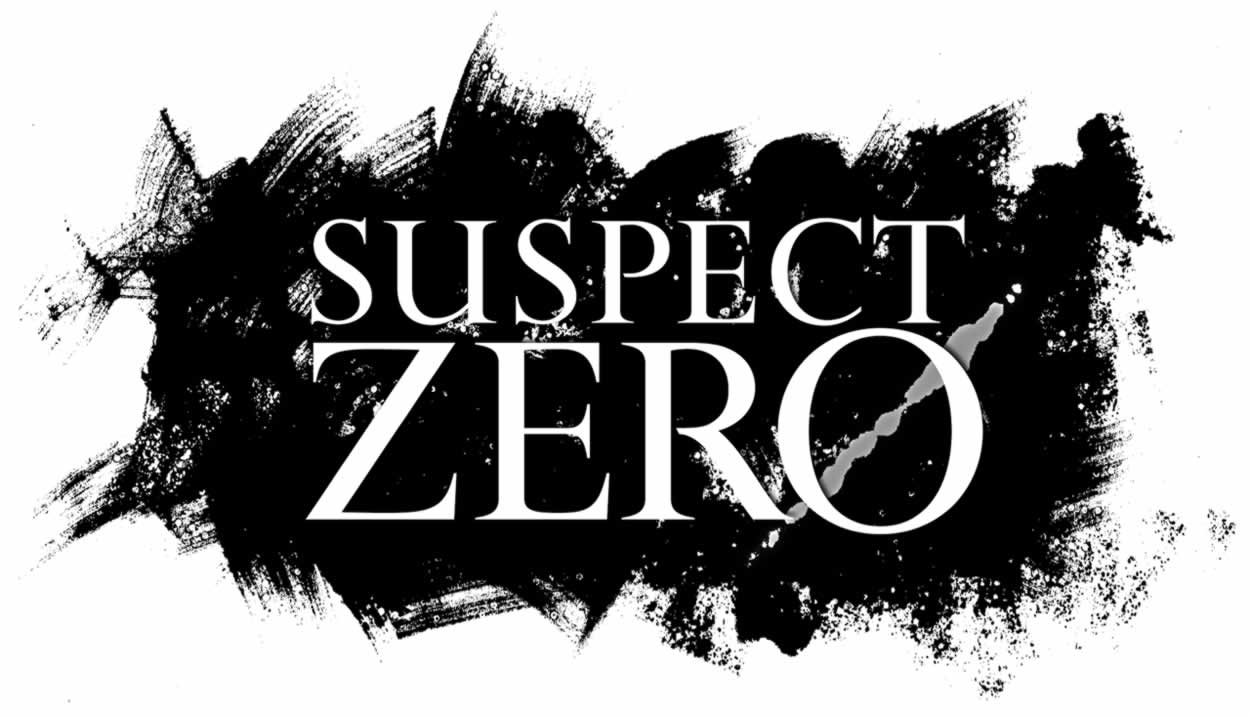
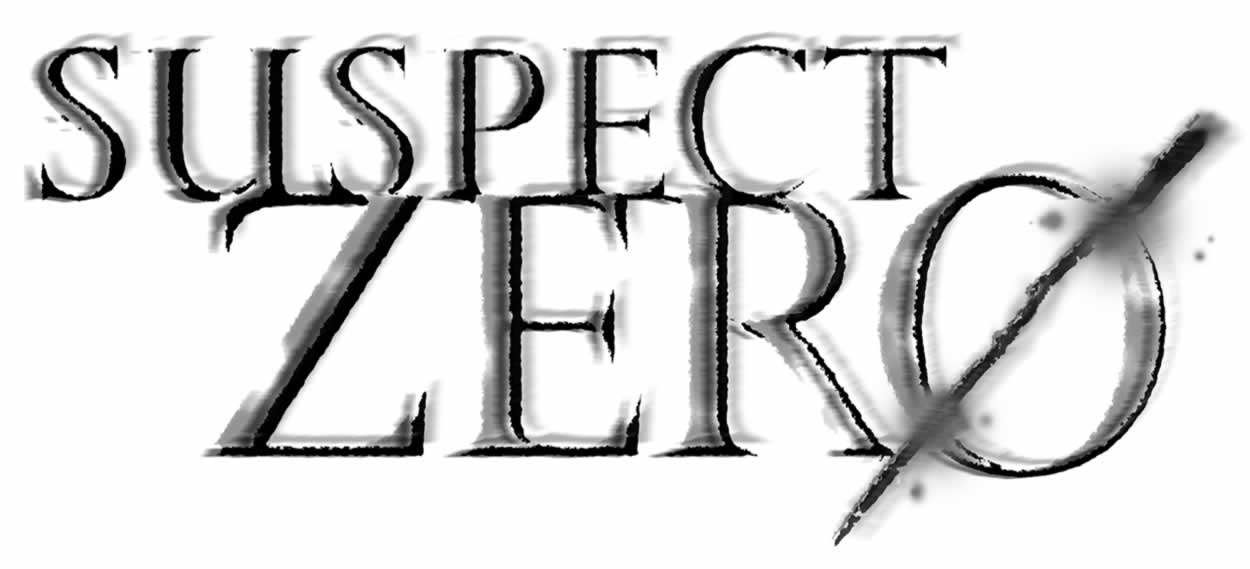
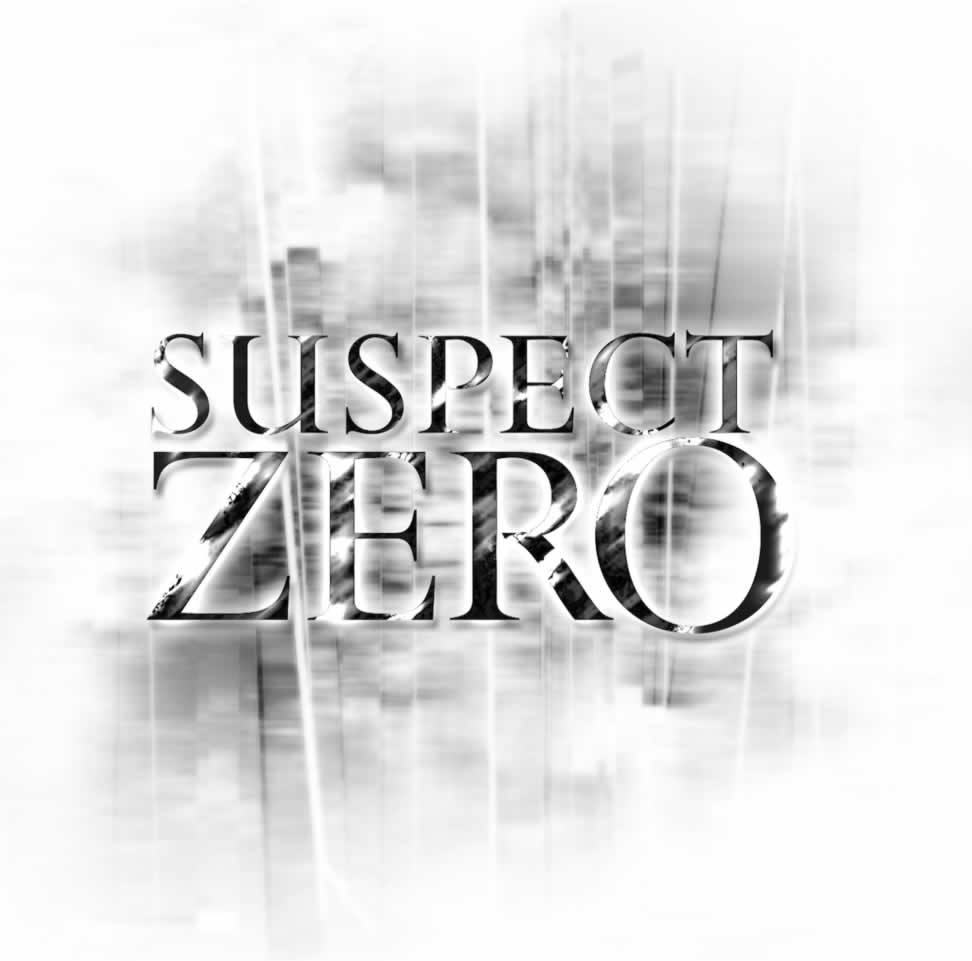

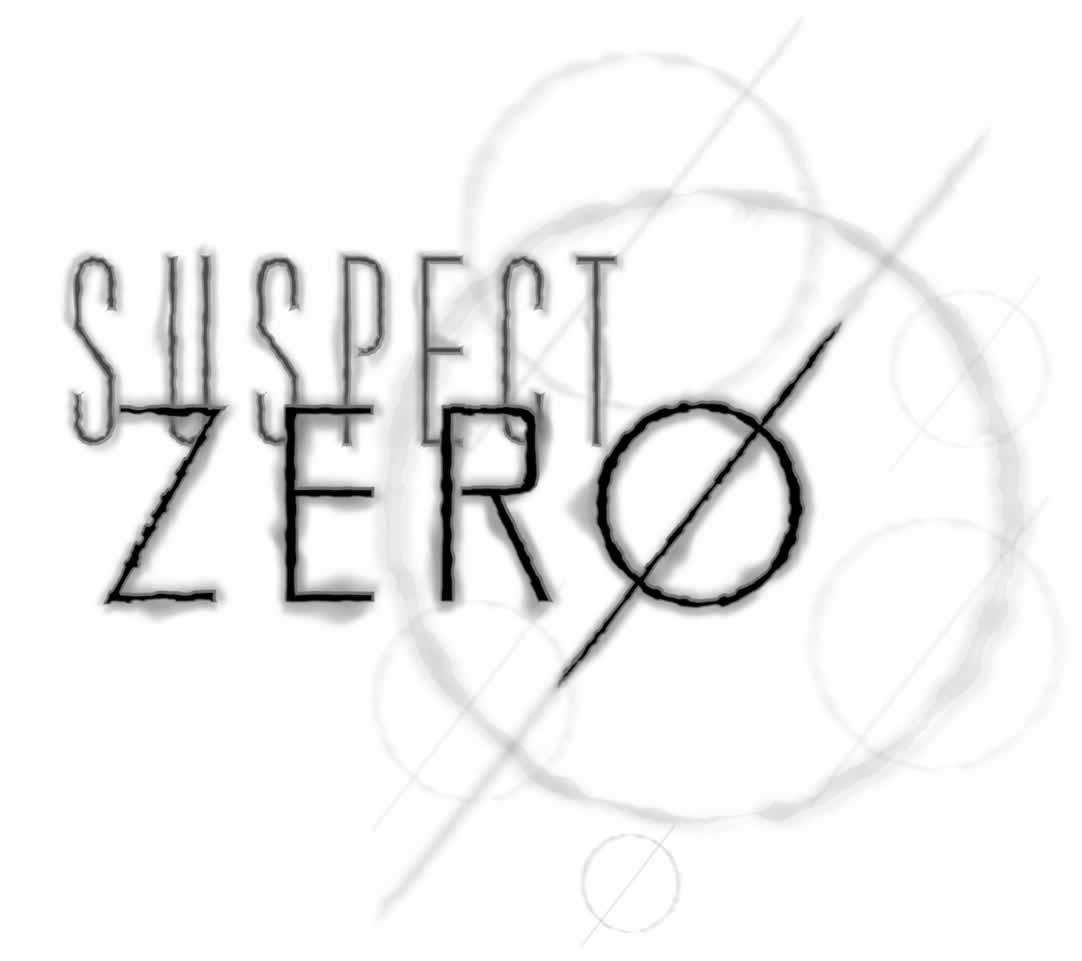
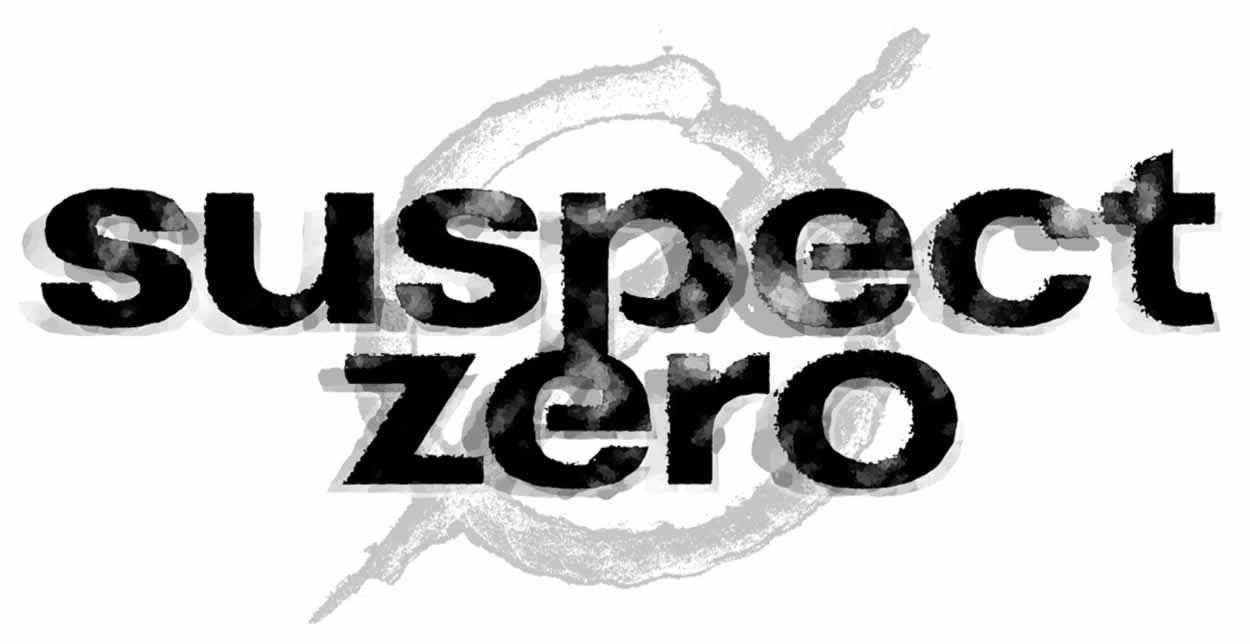
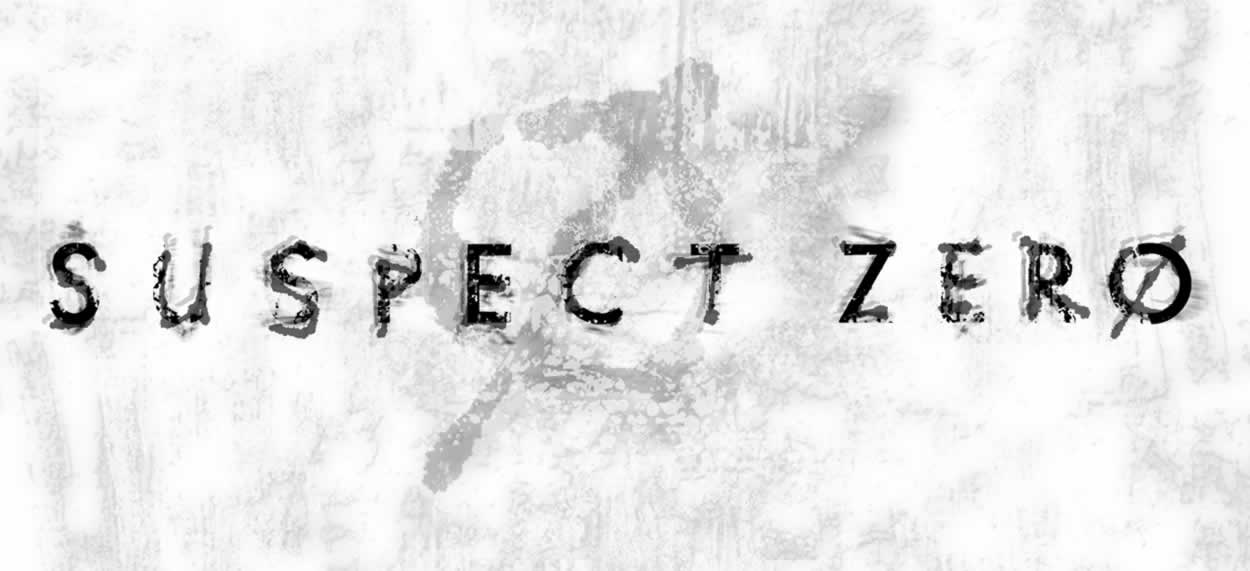
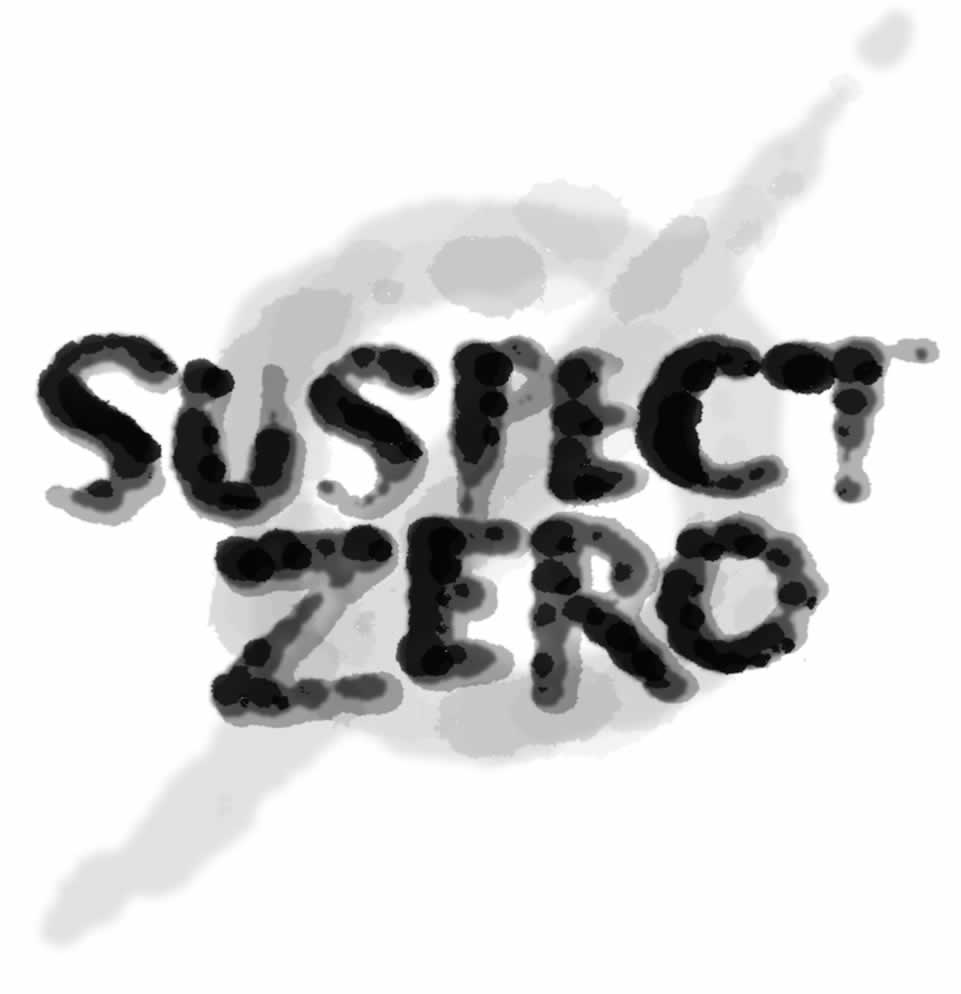
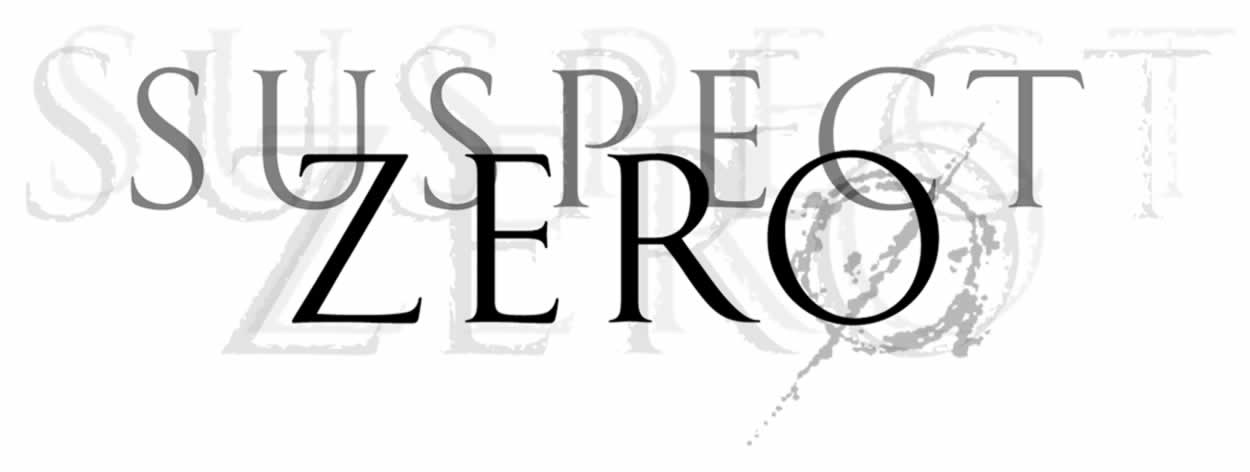
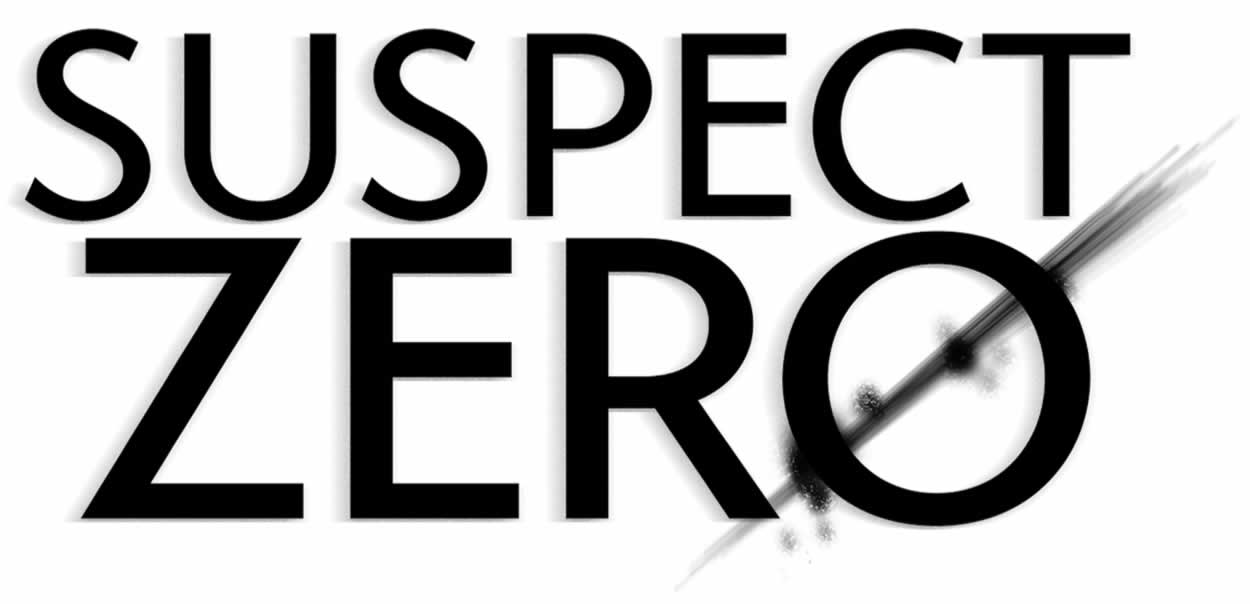
And the final, with the ø, flipped.
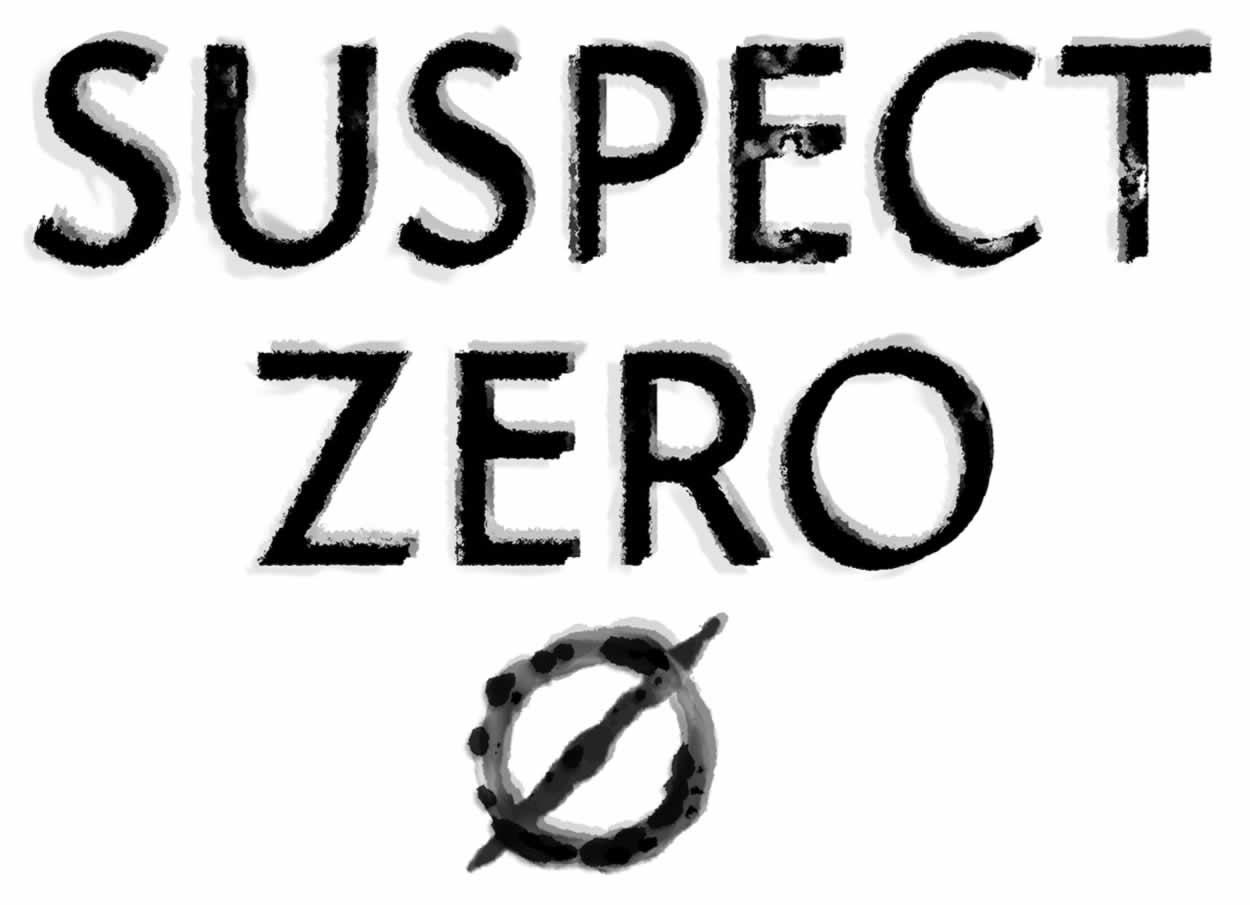
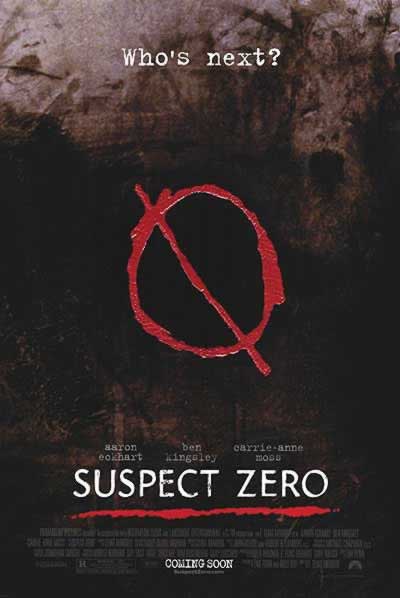
As many know, the process of identity development is always about research, digging into the story, studying the explicative strategy—how will this unfold, be released, in what media forms, degrees of presentations? That would be a string of teaser posters, hybrid media, social, posted promotions, gear and merchandising, packaging, standees and onsite marketing, field events and screenings. Just like any marketing program.
WHAT OF BRAND RELATIONSHIPS
AND REMOTE VIEWING?
And speaking of marketing, when you’re pitching—selling, what could that be—the best representations in remote “viewings” of your ideas, brand thinking, product development and innovation offerings. While you might be thinking, “what, how does this relate to a movie logo?”
Aside from the scenario of the storytelling of a logo and marketing design for a theatrical branding effort, principles apply—here, as in any marketing effort.
Over time, we’ve worked on hundreds of new product programs, pitches, design thinking overview and telling stories to clients around the world. Including live representations—and remote viewership.
Here are some core tactics, allegorically placed in the backside of this motion picture marketing discussion:
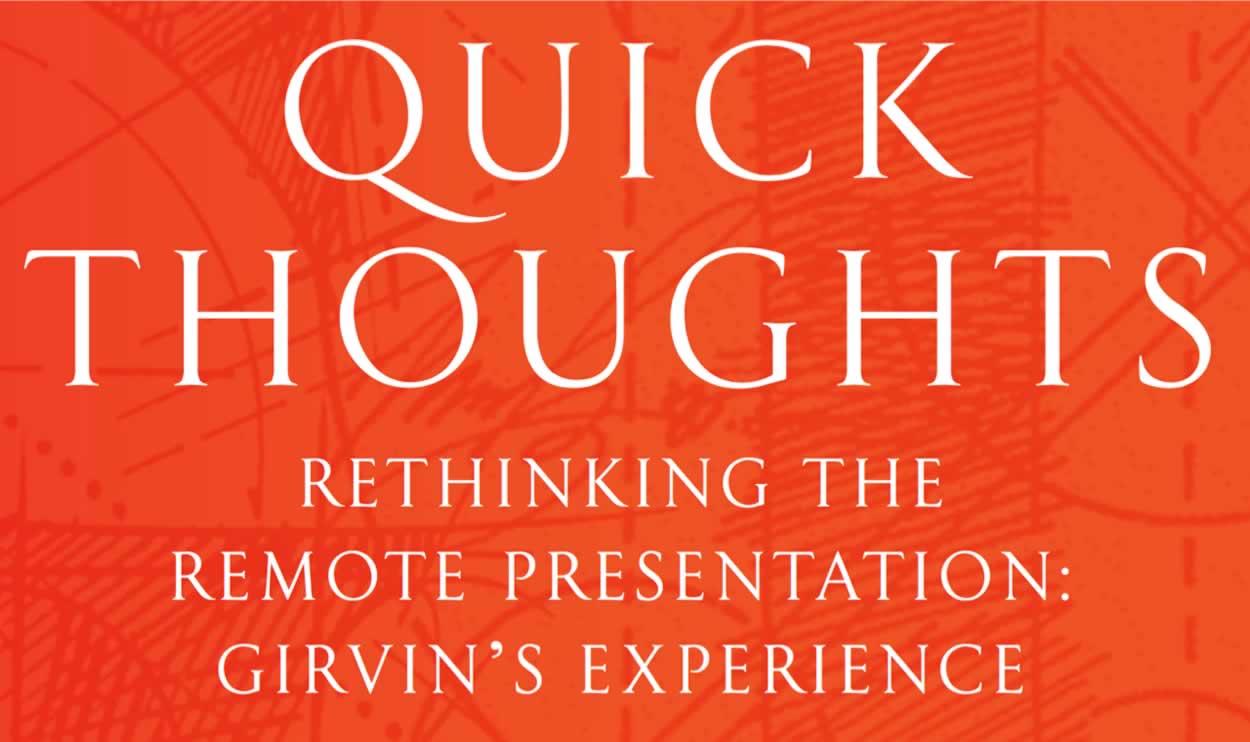
In everything we do—including marketing planning, brand design strategies—we think poetically and metaphorically to walk deeper about the soul of a brand enterprise and the humans that it is for, and the teams that work on the brand. To allegory, consider the sweep of the oarsman, the pacing call of the coxswain and the teamwork of the movement forward.
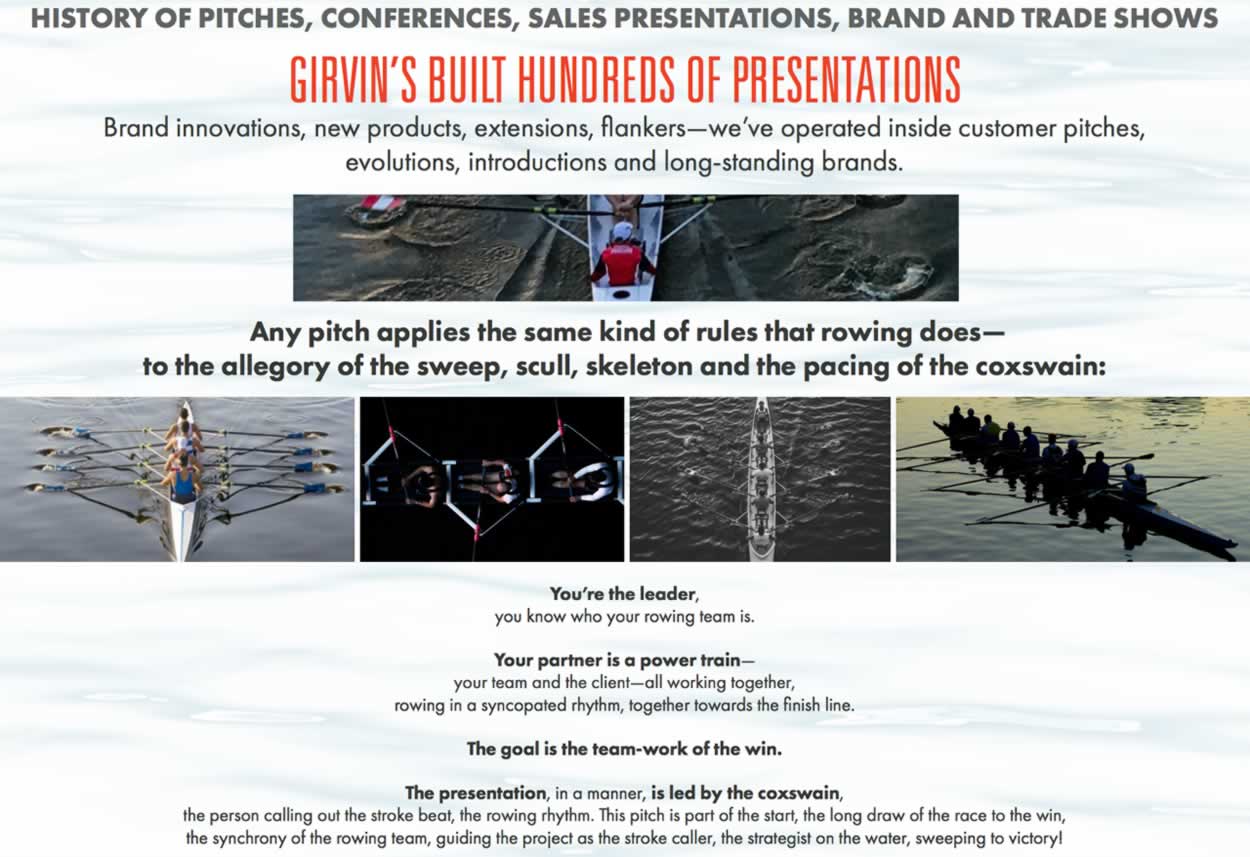
Every presentation is reflective of a shared working environment and hardware modality. Presenting color contextual work requires some alignment to calibration between devices—if possible, working with partners in advance to gather clarity on software and hardware synchrony is the best way of aligning your ideas with their ideas in a collaborative construct. And, to cinematic branding—same: “what’s the story, who’s telling it, what’s it look like—and, in the end—who cares?
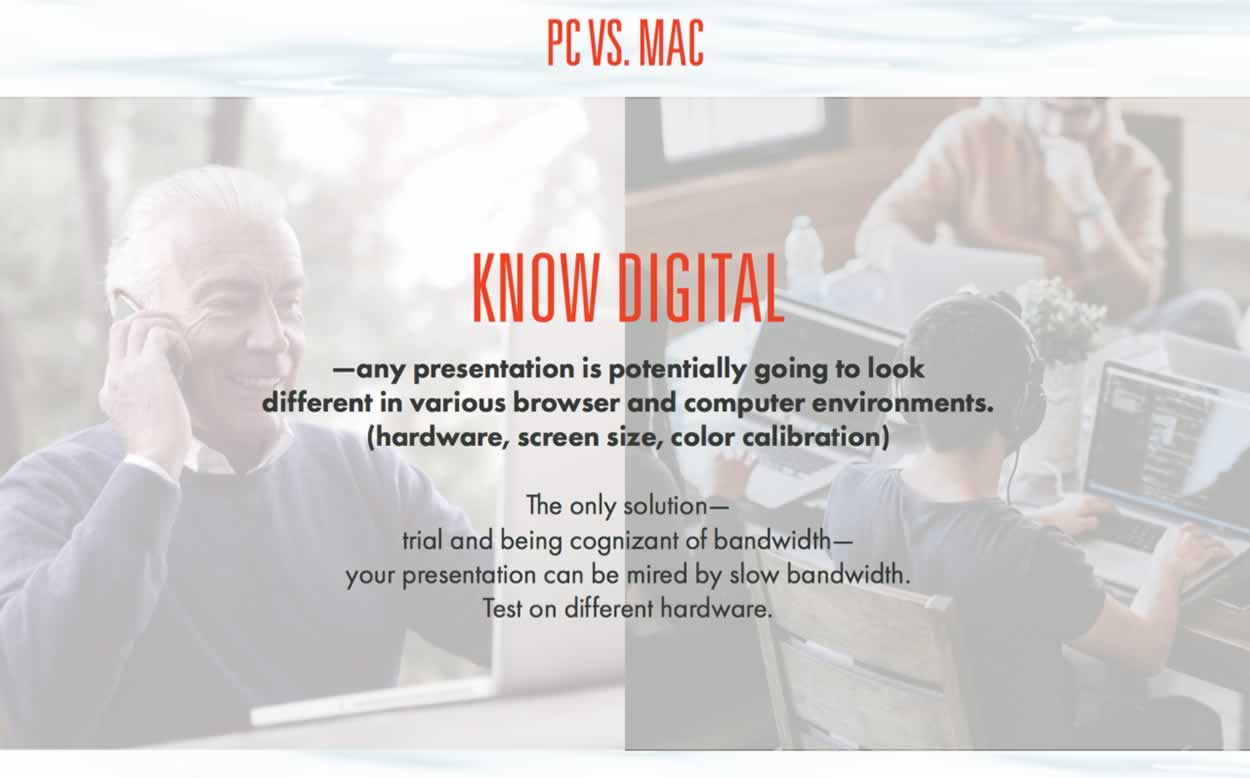
The crucial point is speed.
Everyone’s time is limited: get to the point, keep the high notes fast—and, for example—writing copy for films, the core is about positioning and speed, kind of a haiku summation.
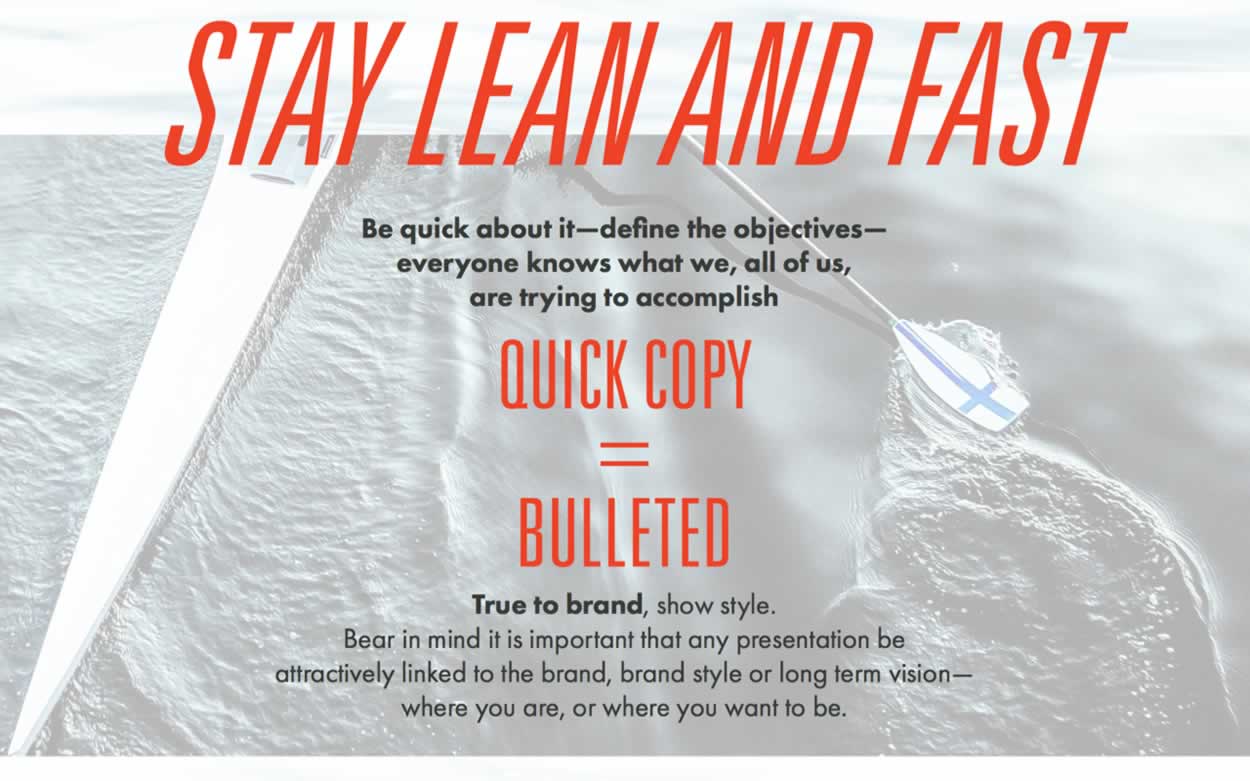
Every pitch needs to be synchronous—a synthesized representation of the details of the brand–so it’s about defining the visual and verbal linguistics—in all of our build-out presentations, below, obviously not cinematically inclined, we integrate the design of our brands into the build of our content—so they synchronize. What’s the story? It’s this and it looks like this—as in, like no other.
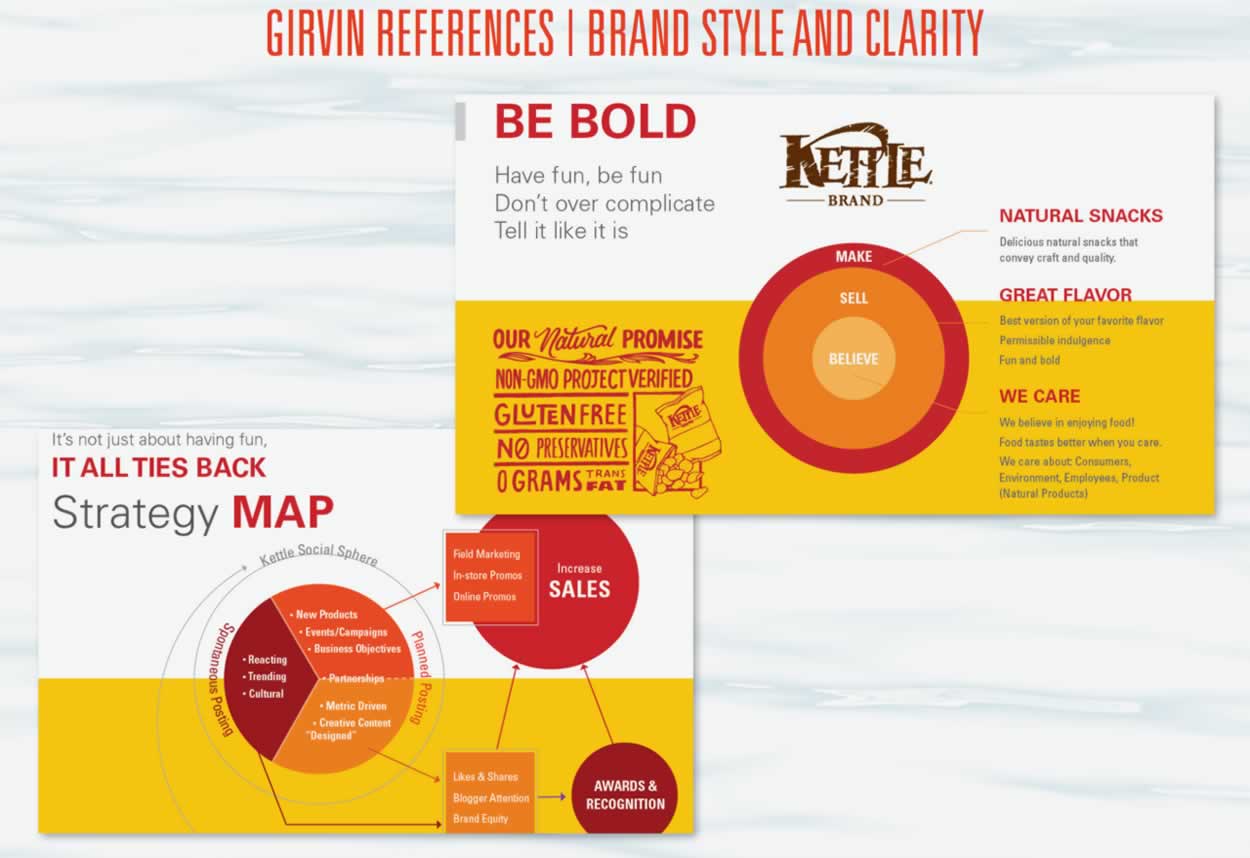
Sometimes you’re pitching to another agency—as in an agent, that is another form of procurement—sequence the story in a manner that the degrees of movement are clear. So, below, two strides—one, a study evolution—designing a code around a collection—synchronizing a storytelling array;
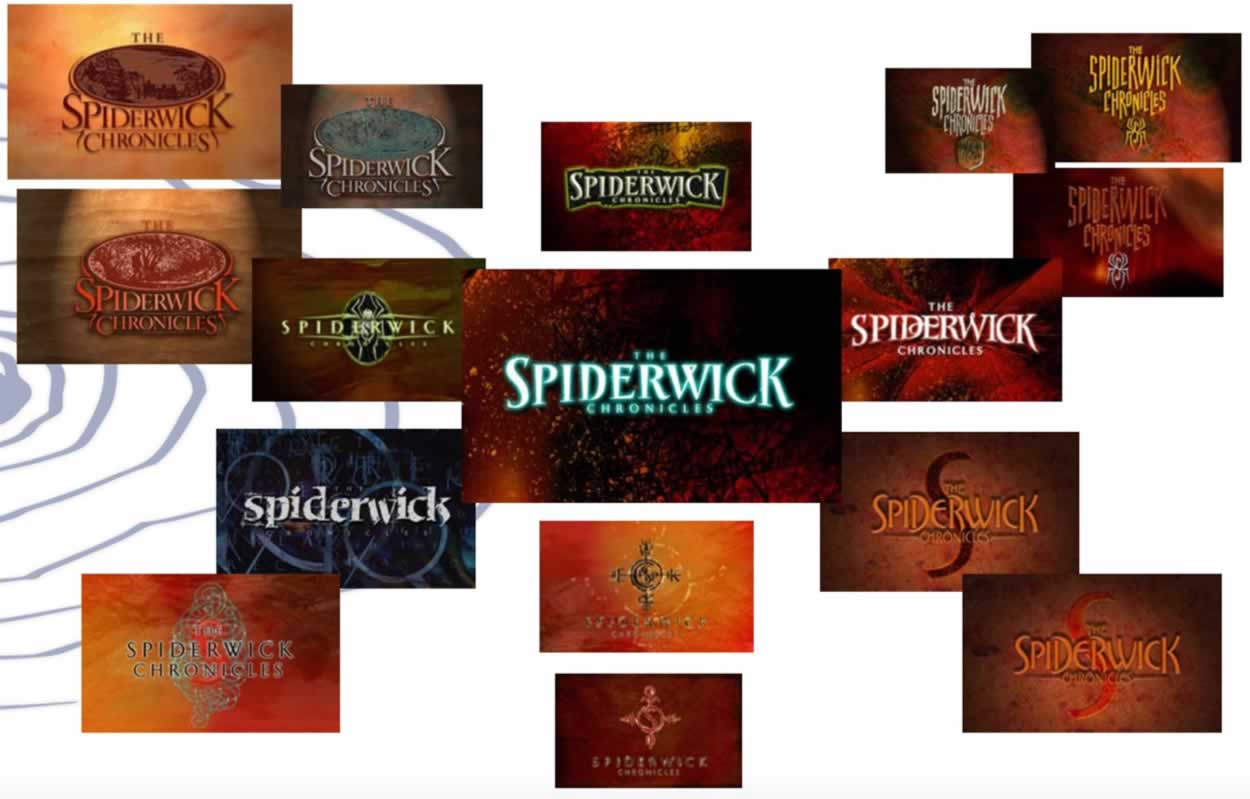
and two, the other, pitching Costco—“here’s where we were, here’s where we should go.”
It’s about how to direct a sales move—from one story,
now—new, to another.
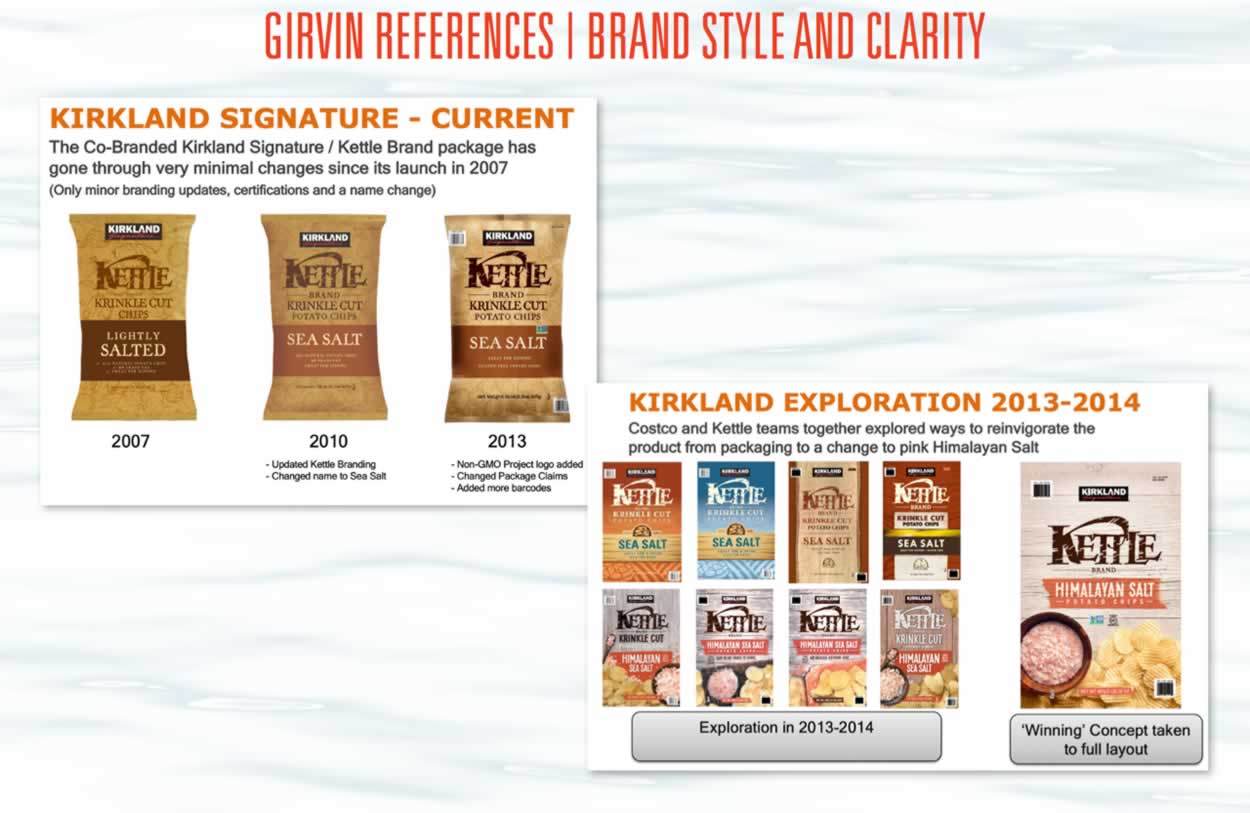
And any tiering for messaging is about a layering—how’s that organized, how does a narrative get told? Discipline, organization, component clarity and definition.
For a film, that speaks to cadence and holism—
herewith, the eye which we designed for
a particular Count [O.]
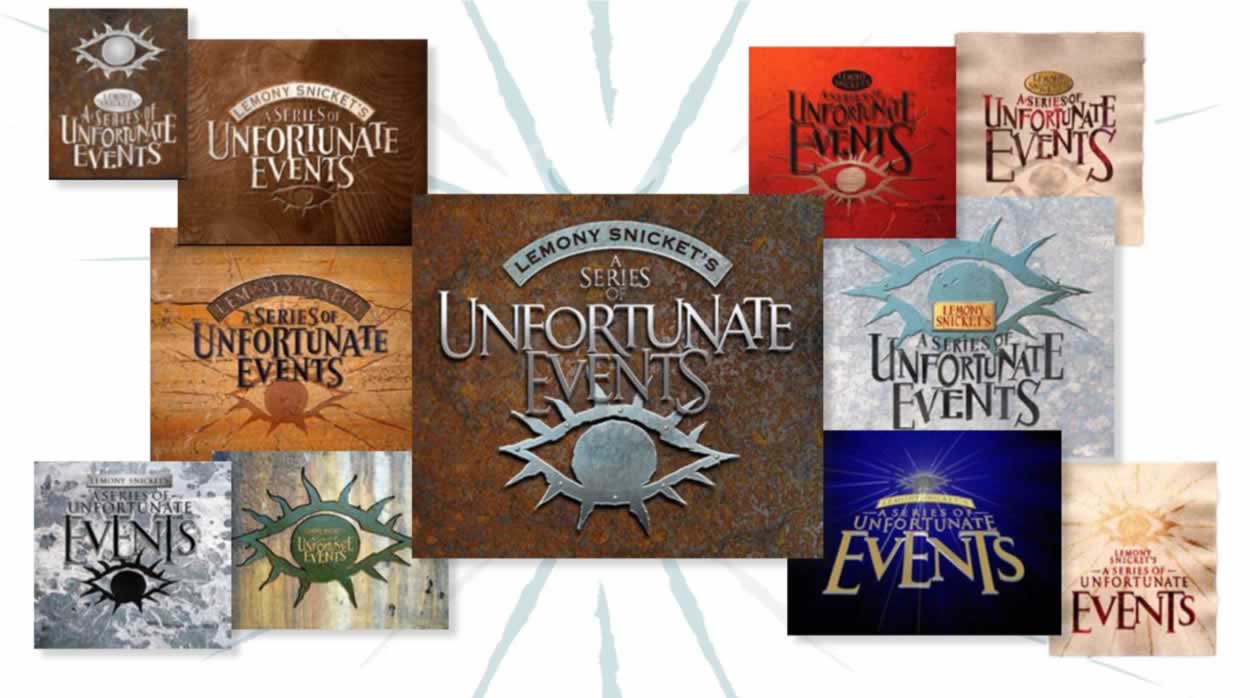
And, to another cadence, the rhythm of
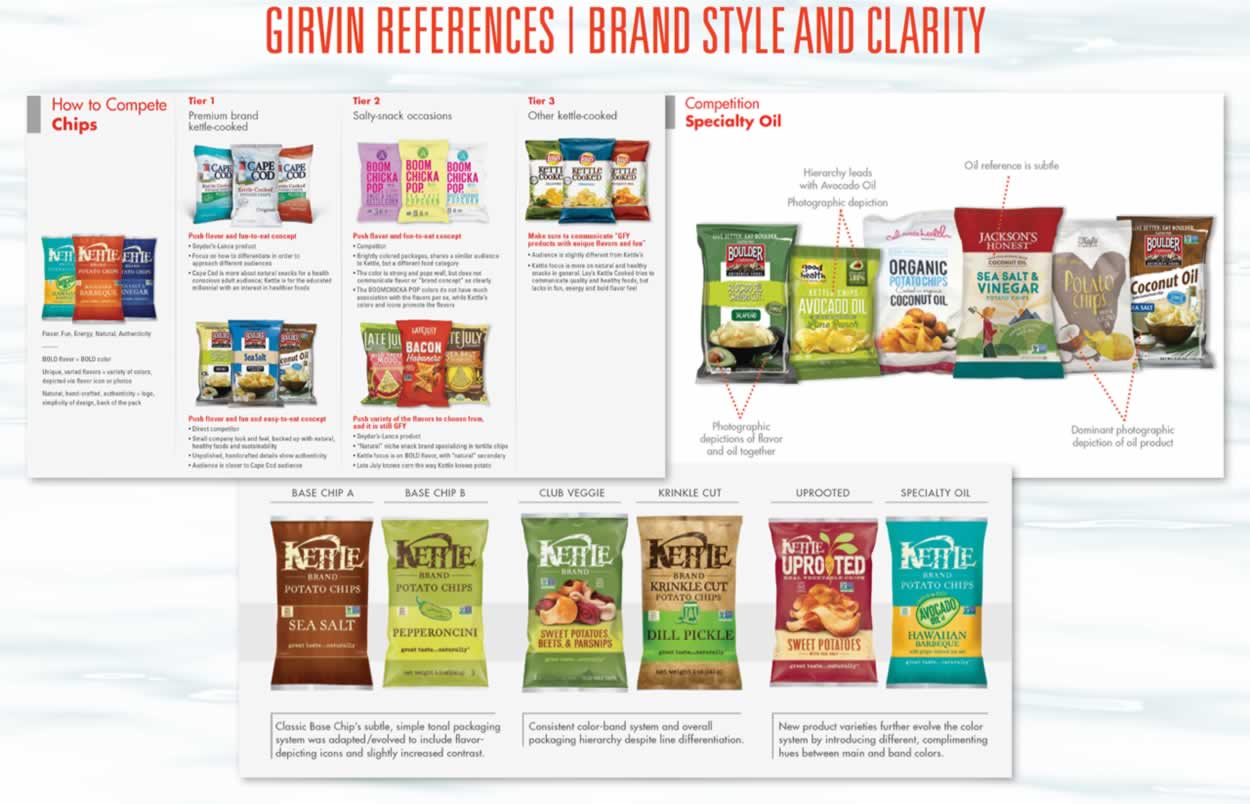
And if there is a strategy towards a tactical shift—packaging that thinking as a holistic framing.
Push hard, the story—but keep it fast.

Any presentation—live or distant, close up or remotely reviewed—will be about your impact.
We believe in punching-up key components—even to
the point of accenting core elements of conversation.
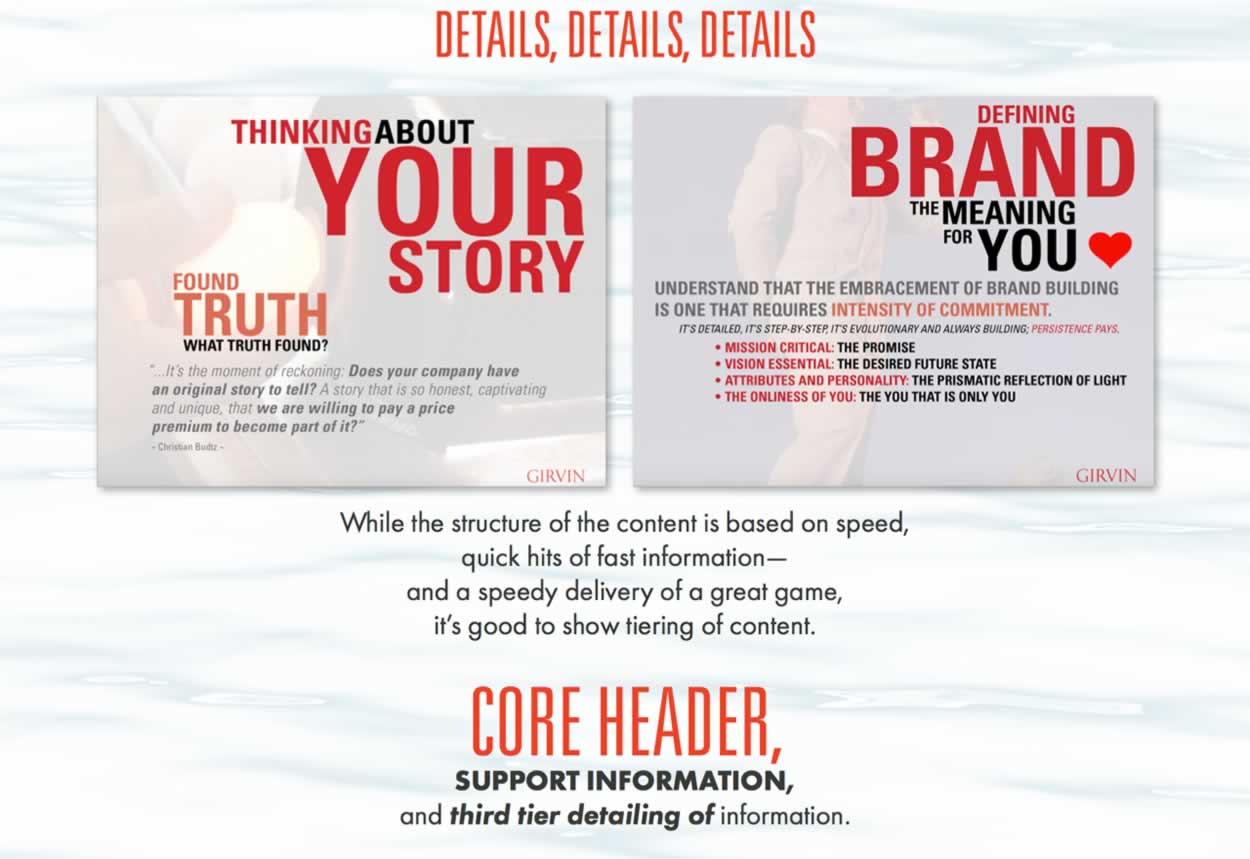
Walk past where you were, to where you are—and where you will to be—
as an accentuated string of messages.
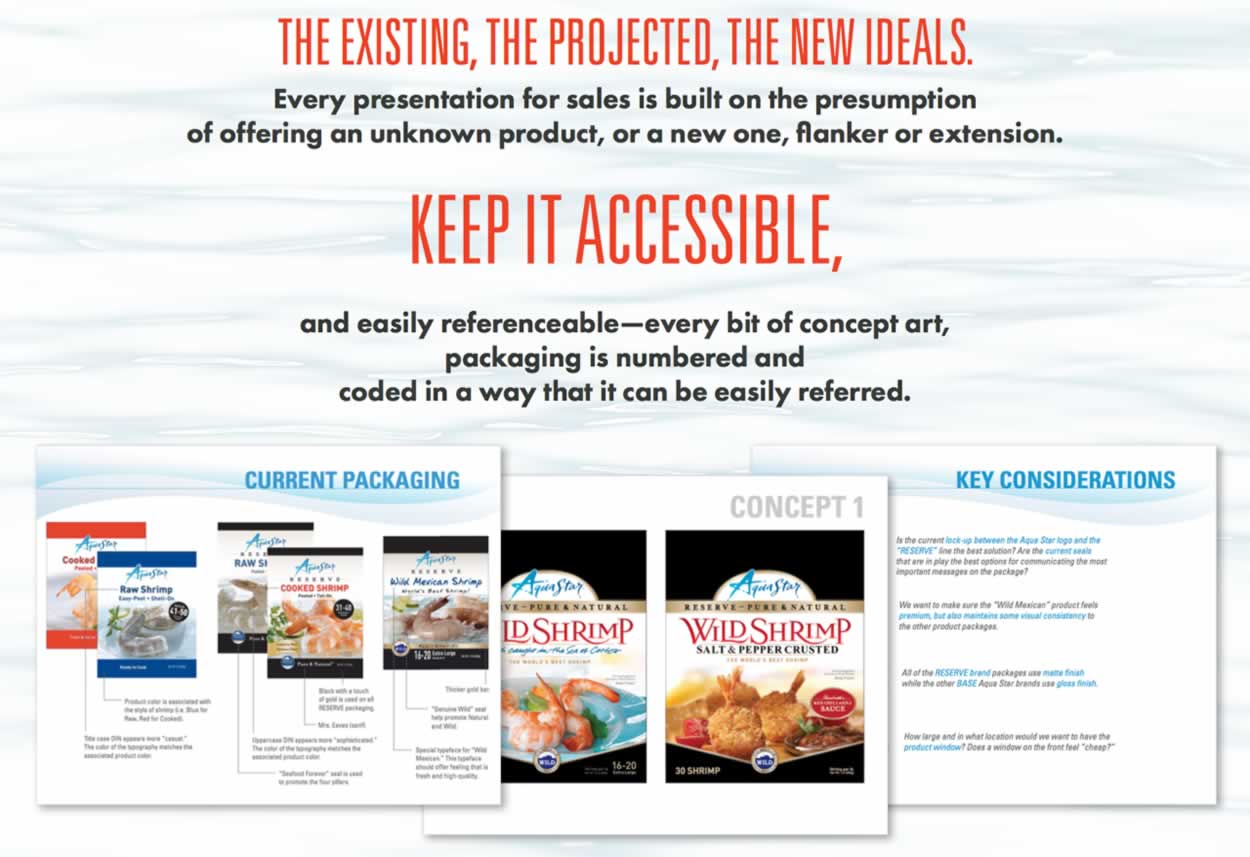
Even in a study of complex lines of thinking, inquiry and reply—but, as a presentation, keep it simple, disciplined and punctuated.
Query.
Edited response.
Fast.
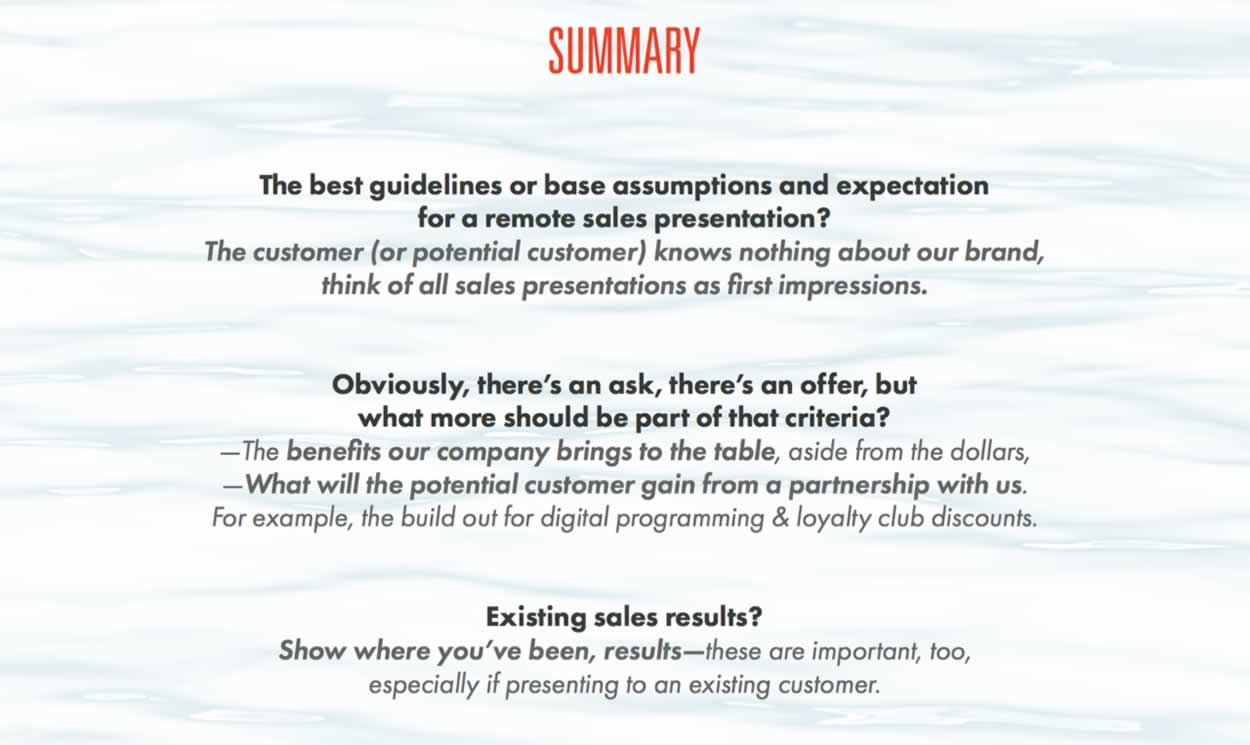
Close to live, better.
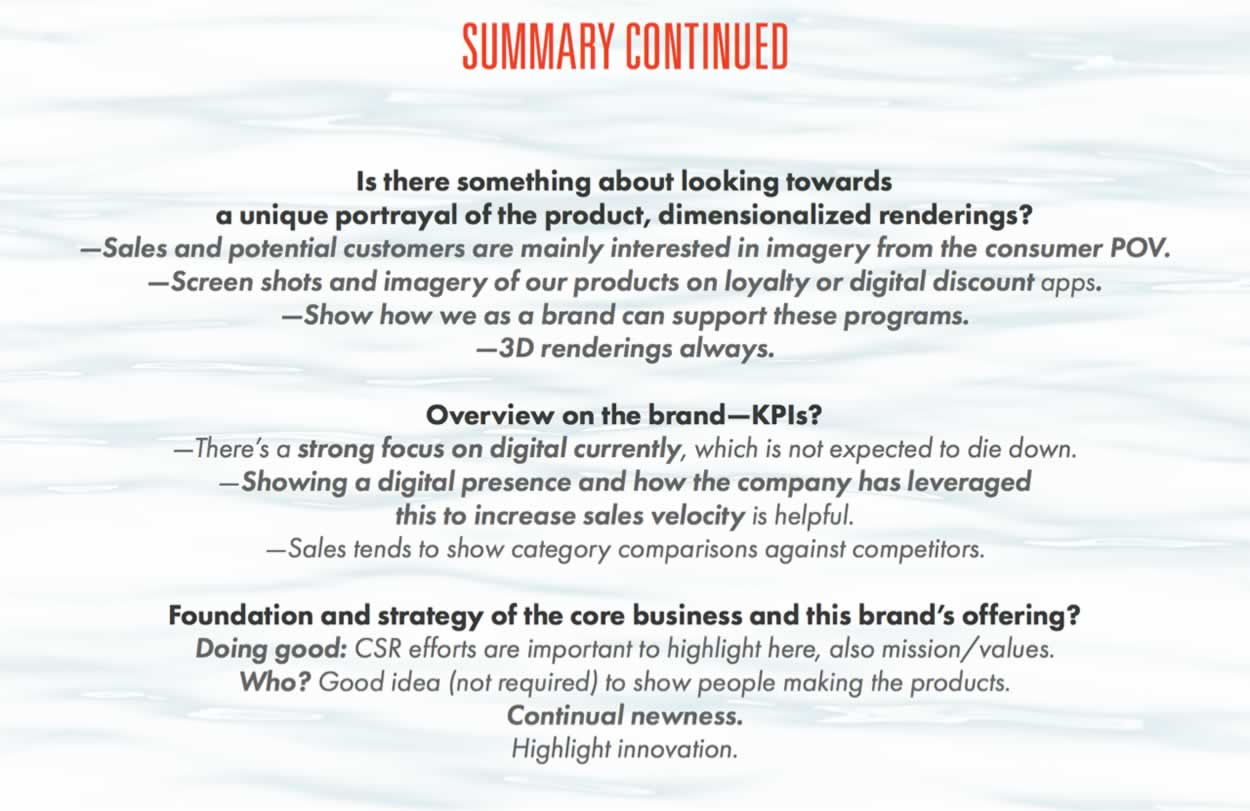
What
would
you
do?
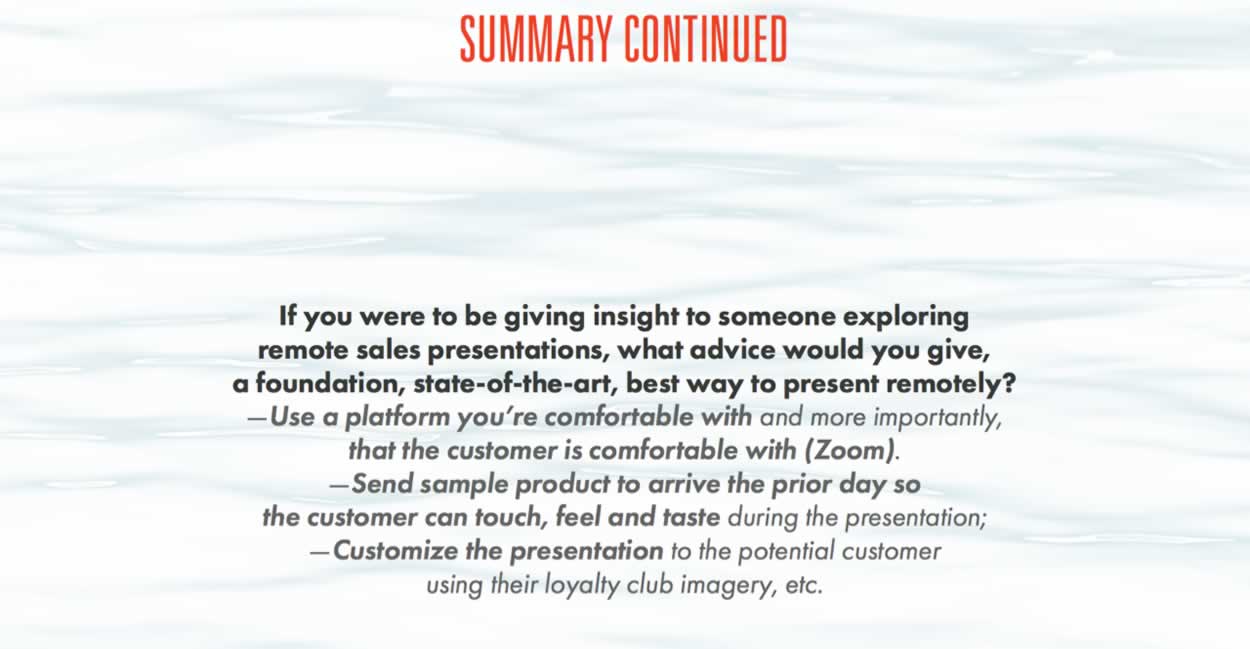
To the notion of aligning the strategy of presenting in a remote—
mutually distant construct and the marketing design for a cinematic property; they aren’t so difficult to sync-up as similarly complex expressions. Both require the potency of an emotionally compelling story, visualization and messaging. A great presentation, especially if presented remotely has to have compelling enough visuals to—most critically—be memorable. The power of the design, and messaging, has to be fast and immediately graspable—the reader gets the story, is compelled by the packaging and commits to a relationship: watching it.
But mostly, my sidebar explorations started with an inquiry from a colleague about—“what are the best rules for a remote presentation?” Which got me thinking—“what about this idea of remote working, WFH, telepresenting?” And—“the presenter being there, and our team being here, how can it work?”
Sure it can. But it takes practice and trial, critiques and re-trial. But, “is it live, or Memorex?” in the agency parlance of a positioning for a form of now outdated, tape-based cassette and spool recording technology.
I would suggest that the real potency
in a presentation—both sides now—is the power
of a live human connection.
Why?
There’s a mutuality of commitment: they’re both paying attention to each other.
I’m presenting to you—and you’re listening to me, and I’m paying attention to “how you’re listening,” and you’re locking in on what I’m saying—and whether there’s relevance to utility, resonance to captivation, meaningfulness to the degree that the listeners are willing to commit. They embrace what you’re saying.
They’ll go to the movie.
Hello over there.
I have a story to tell, with pictures and words—
video even, if you’re broadbanded and
built for fast moving downloads.
Will you pay attention?
Tim Girvin | Old West Queen Anne Middle School | www.girvin.com
Designing entertainment: games, environments, packaging and films
